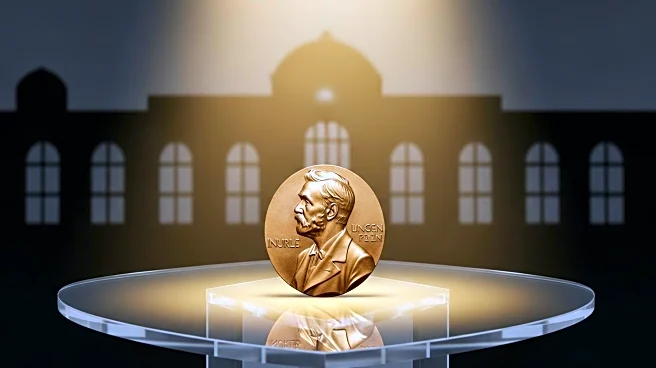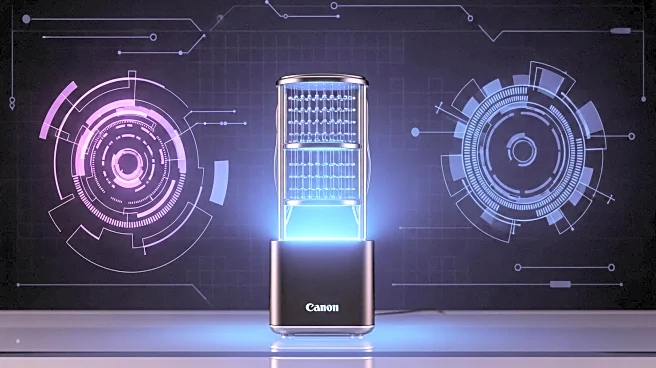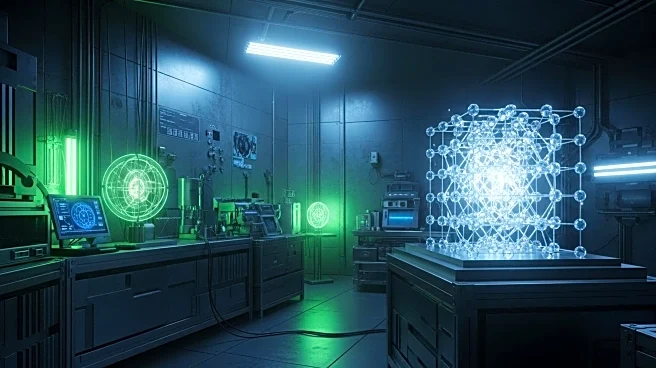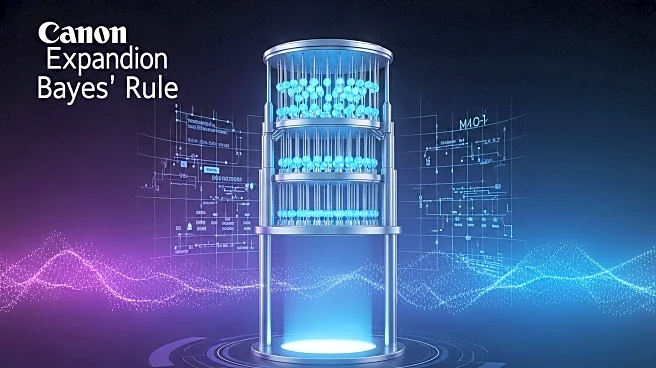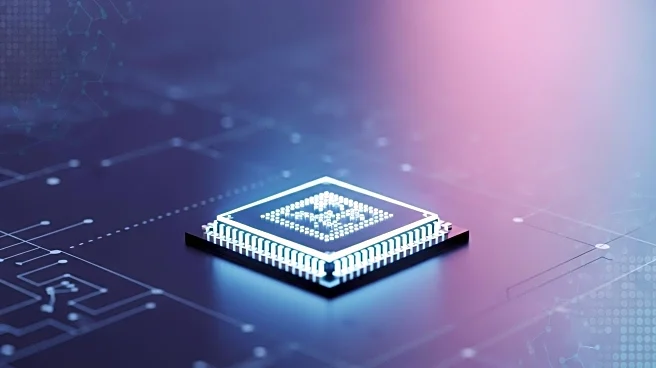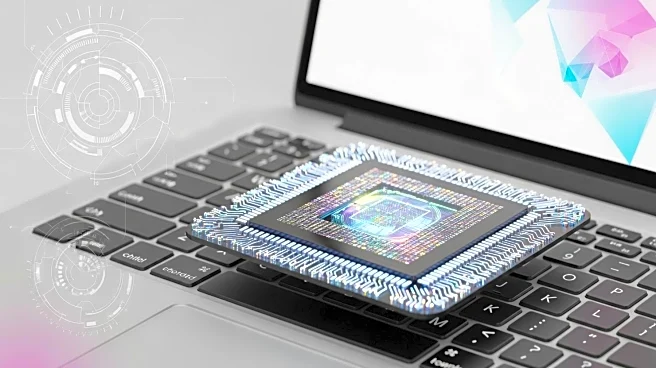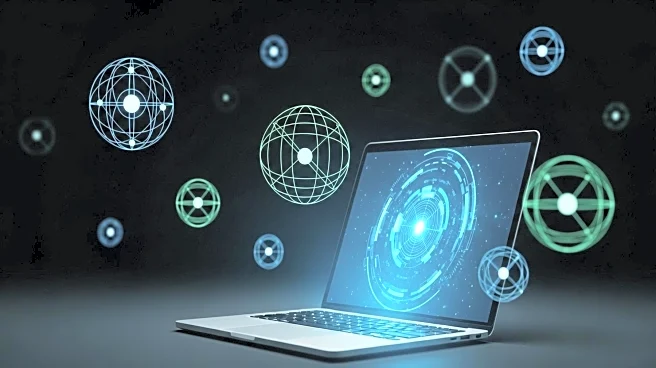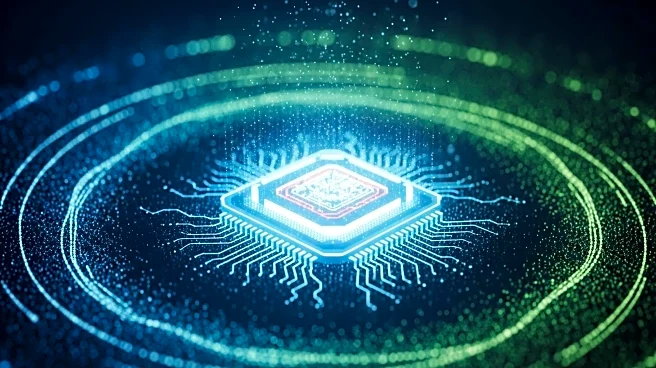What is the story about?
What's Happening?
Researchers at Purdue University have provided direct experimental evidence of universal anyon tunneling in a chiral Luttinger liquid, a significant confirmation of theoretical predictions made in the early 1990s. The study, published in Nature Physics, involved measuring tunneling between one-dimensional edge modes in a device where a fractional quantum Hall liquid state emerges. This research confirms the scaling exponent g=1/3 for the n=1/3 fractional quantum Hall state, as predicted by X.-G. Wen's chiral Luttinger liquid theory. The experiments utilized a quantum point contact structure to bring counterpropagating modes into proximity, allowing anyons to tunnel and generate measurable tunneling currents.
Why It's Important?
This breakthrough is crucial for advancing the understanding of fractional quantum Hall liquids and the properties of chiral Luttinger liquids. The confirmation of theoretical predictions enhances the credibility of chiral Luttinger liquid theory, which describes the behavior of fractional excitations in quantum systems. The findings could have significant implications for quantum computing and materials science, as they open new avenues for exploring exotic states of matter and testing theoretical models. The research also demonstrates the potential of new heterostructure designs in overcoming challenges related to edge mode confinement, paving the way for further experimental validation of quantum theories.
What's Next?
The researchers plan to apply their experimental methods to study other intriguing states, such as the non-abelian state at n=5/2. The device architecture used in this study may be leveraged by other material systems, including 2D materials and quantum spin liquids, to explore states not found in GaAs-based heterostructures. The concepts outlined in the paper are already being applied in graphene research, with promising interference and tunneling experiments underway. These developments could lead to new insights into quantum phenomena and the development of advanced quantum technologies.
Beyond the Headlines
The study highlights the importance of experimental validation in theoretical physics, particularly in the realm of quantum mechanics. The ability to measure small currents at extremely low temperatures and high magnetic fields demonstrates the sophistication of modern experimental techniques. This research underscores the collaborative nature of scientific progress, as insights from one field can inspire advancements in others, such as the application of these findings in graphene research.
AI Generated Content
Do you find this article useful?


